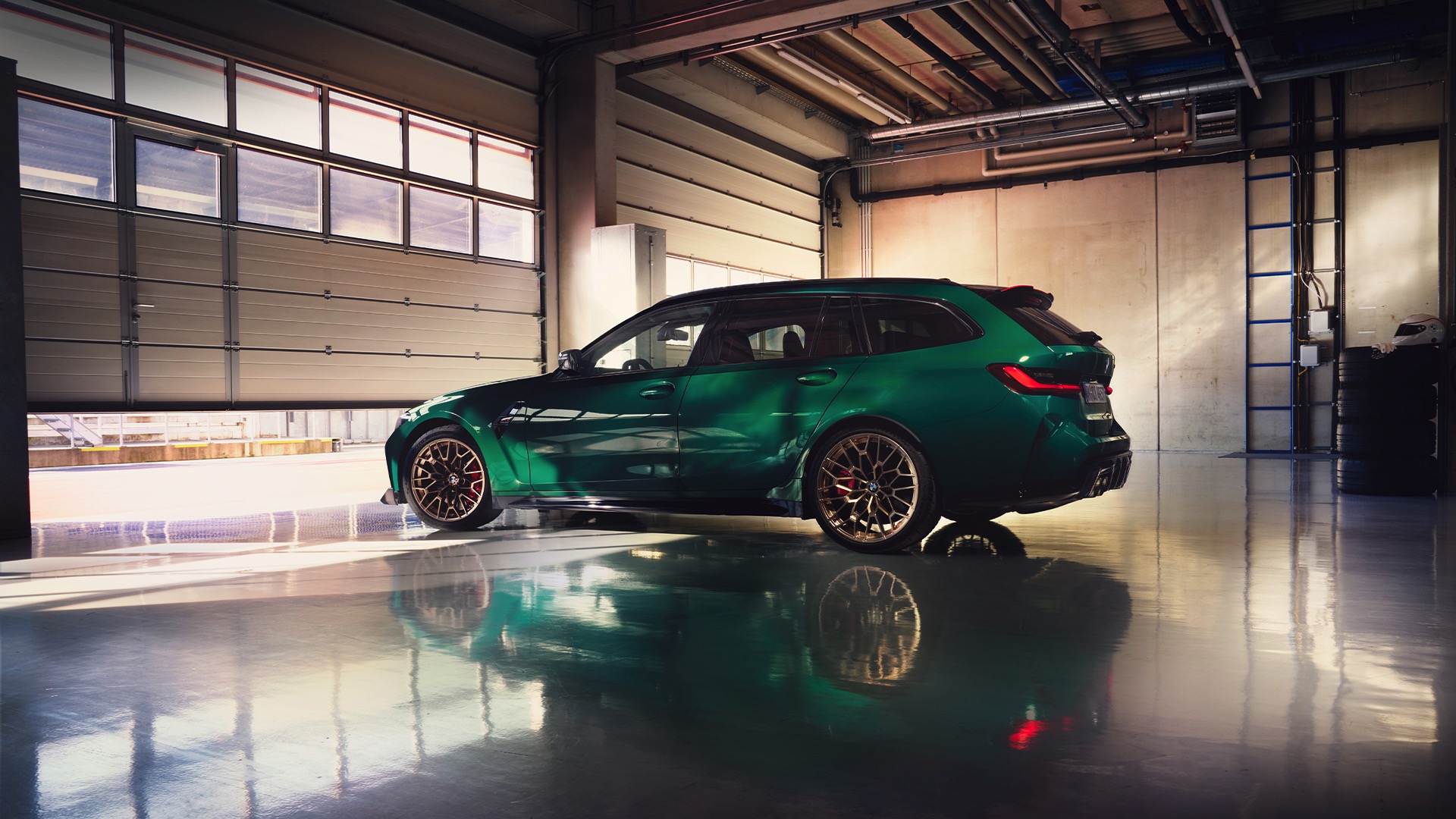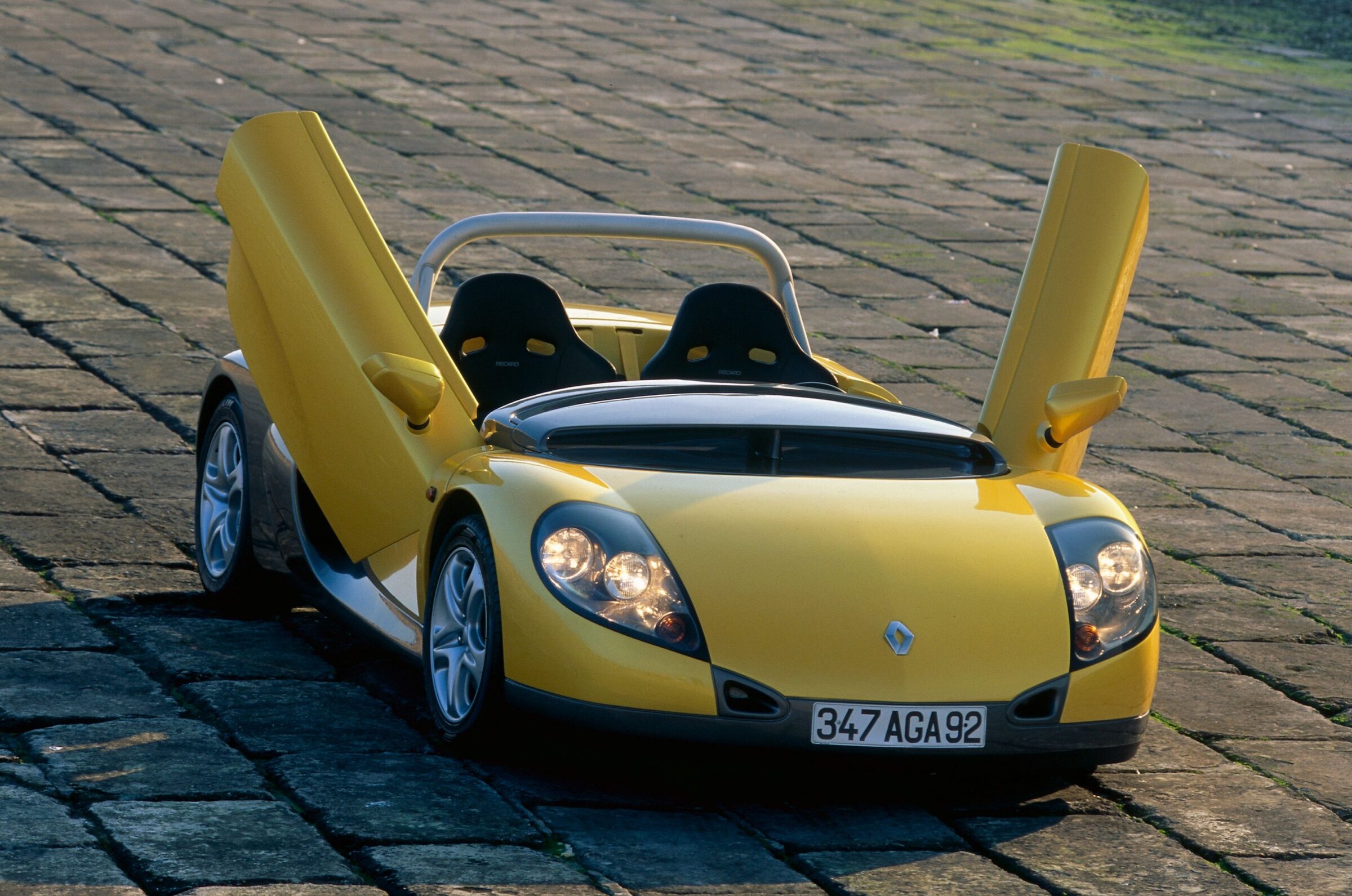Autozam AZ-1
Autozam, that sounds like a strange foreign language artificial word. But it seems to have something to do with automobiles. In fact, it was a Japanese car brand that existed between 1989 and 1998. It was a subsidiary brand of Mazda, founded together with Eunos and ɛ̃fini (read like the French word Infini). In this way, Mazda wanted to offer a suitable, family-oriented dealer network for each model series within Japan. Autozam was intended to appeal specifically to young female customers. However, this marketing strategy quickly proved to be unsuccessful. With a few exceptions, none of the new brand’s models was a commercial success. In most cases, the Mazda model series were only minimally modified in terms of appearance. One of the exceptions appeared in 1992 as the Autozam AZ-1.
Joint development with Suzuki
This was a small sports car according to the Kei-Car regulations, which had been developed jointly with Suzuki. In order to make the best possible use of its compact dimensions, the AZ-1 was fitted with a mid-engine in front of the rear wheels and gullwing doors attached to the center of the roof. The engine, which came from Suzuki, had a displacement of just 657 cc and produced 47 kW/64 hp and 85 Nm of torque. Initial ideas for this mini sports car date back to the mid-1980s. In 1985, Suzuki presented the RS/1 concept car at the Tokyo Motor Show, which at that time still featured the 1.3-liter four-cylinder engine from the Cultus GTi (known as the Swift GTi in Europe). Two years later, the further developed RS/3 was on the same spot, but Suzuki finally dropped the project in favor of the small roadster Cappuccino with a classic front-mounted engine. Instead, Mazda took over the design and brought it to production maturity.
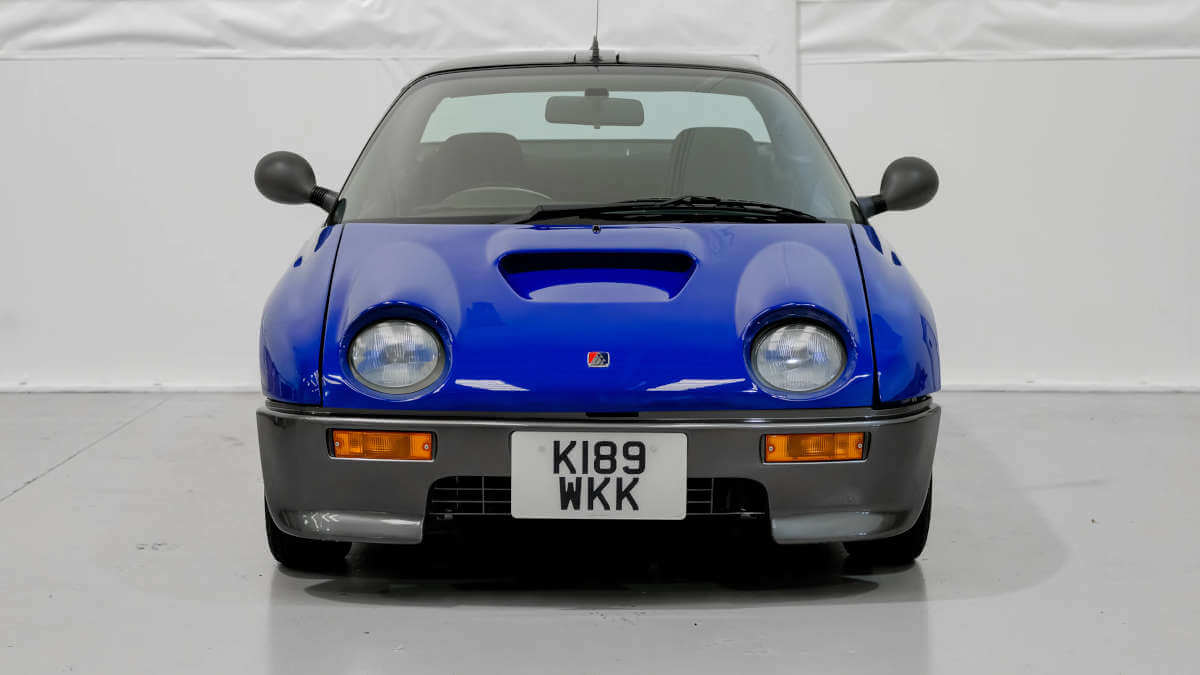





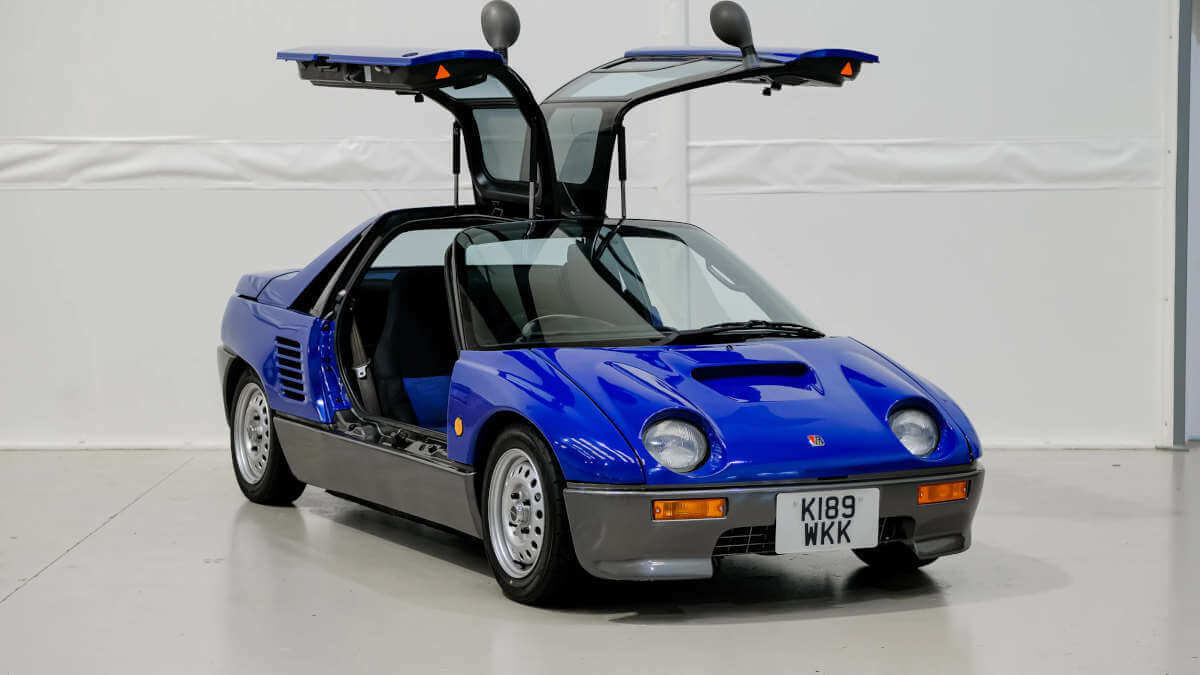

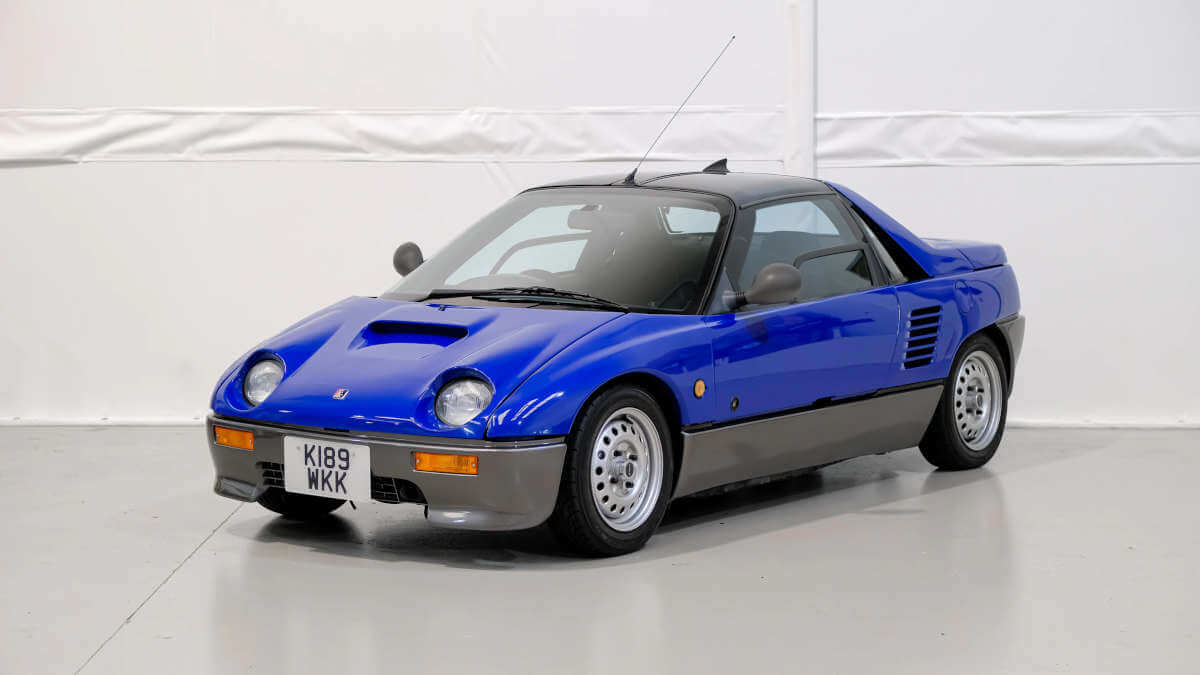



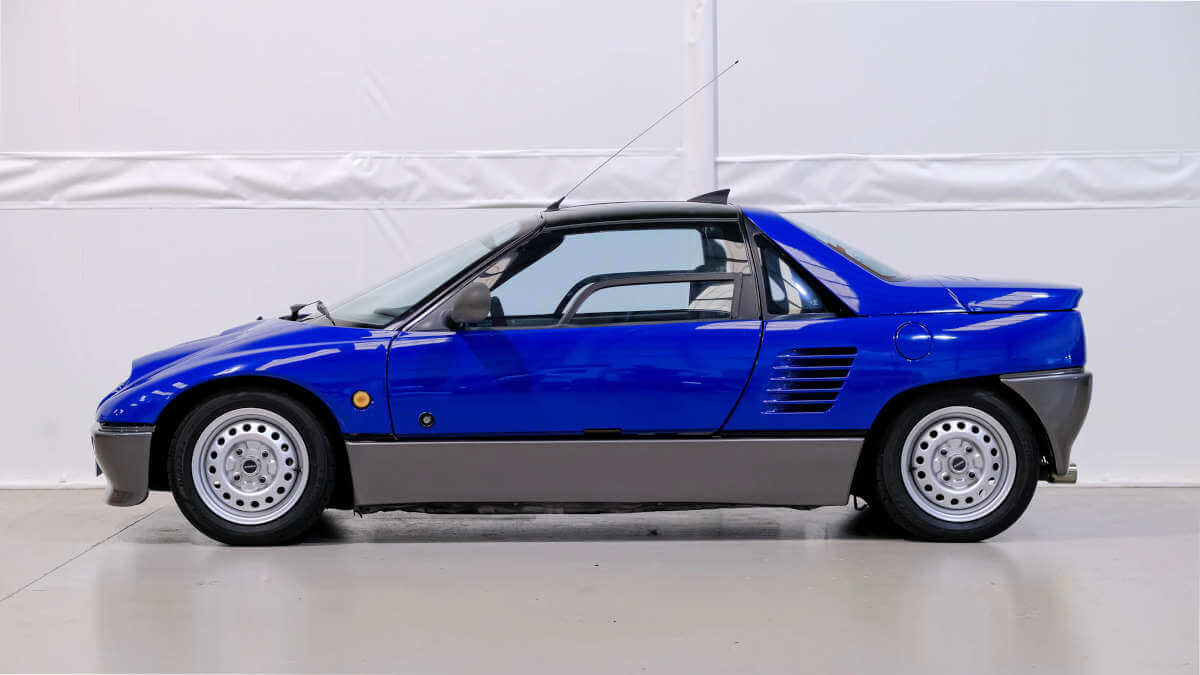

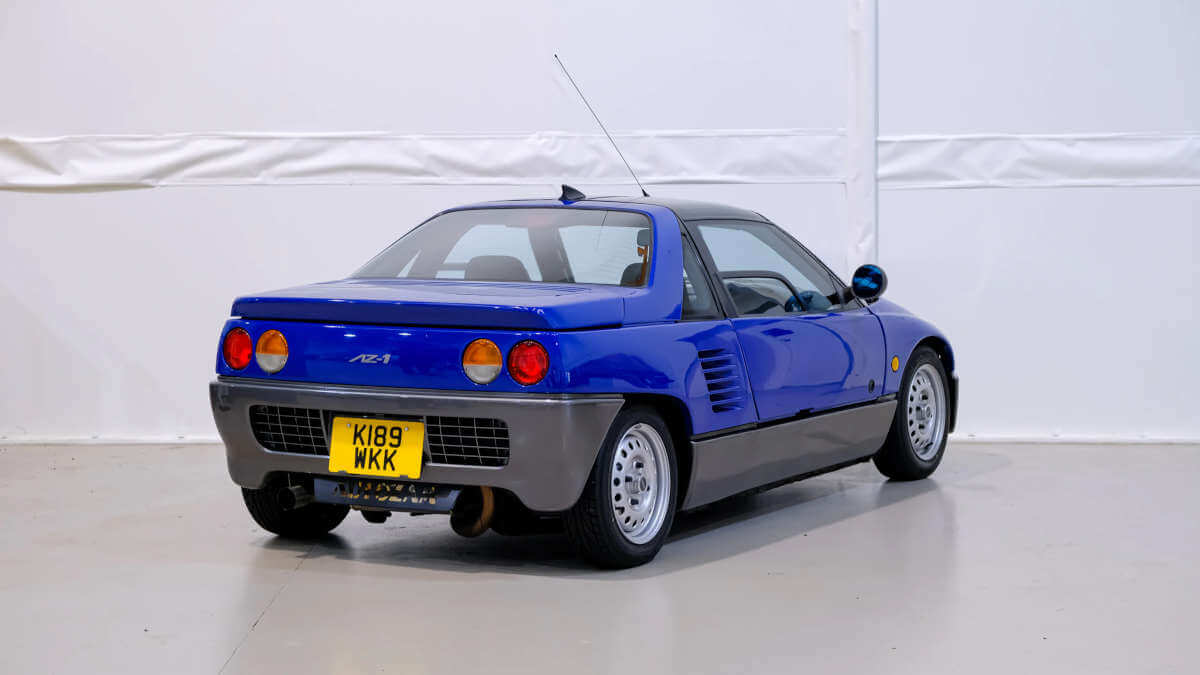

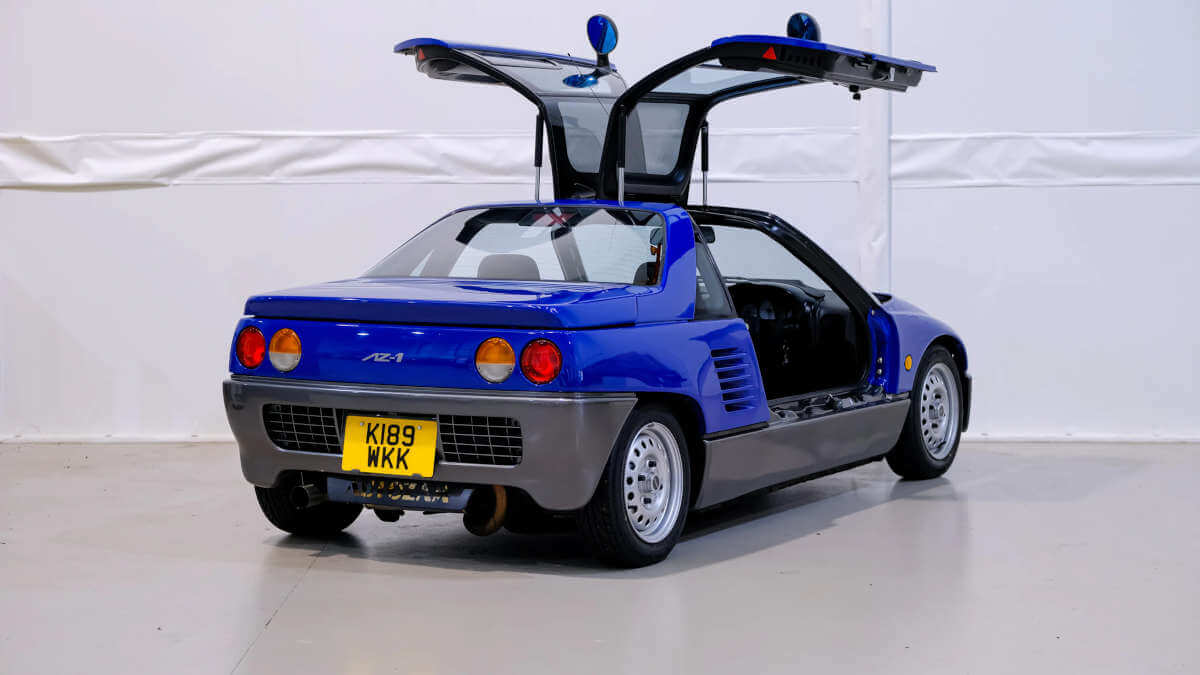

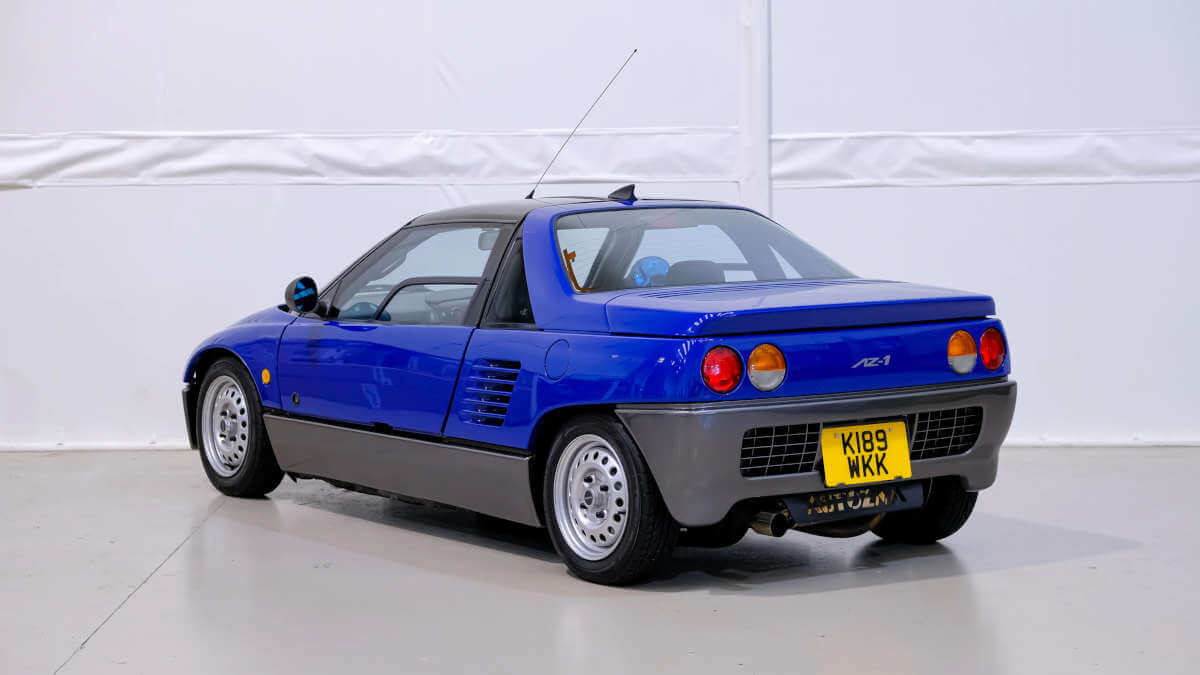





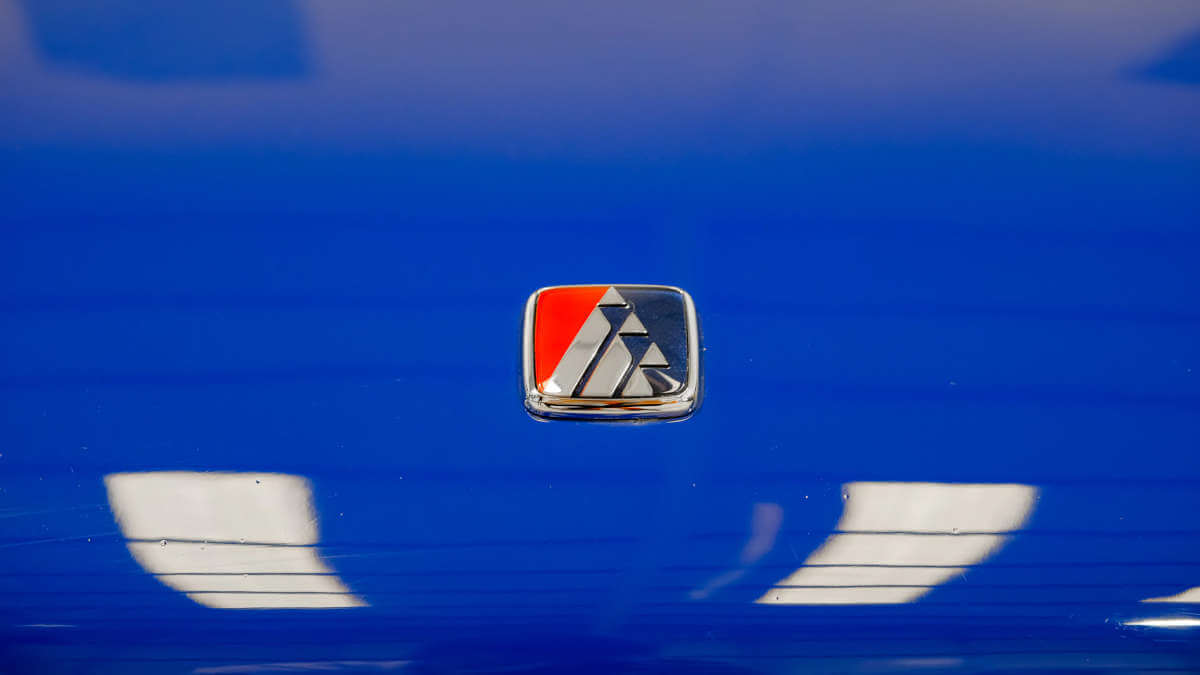

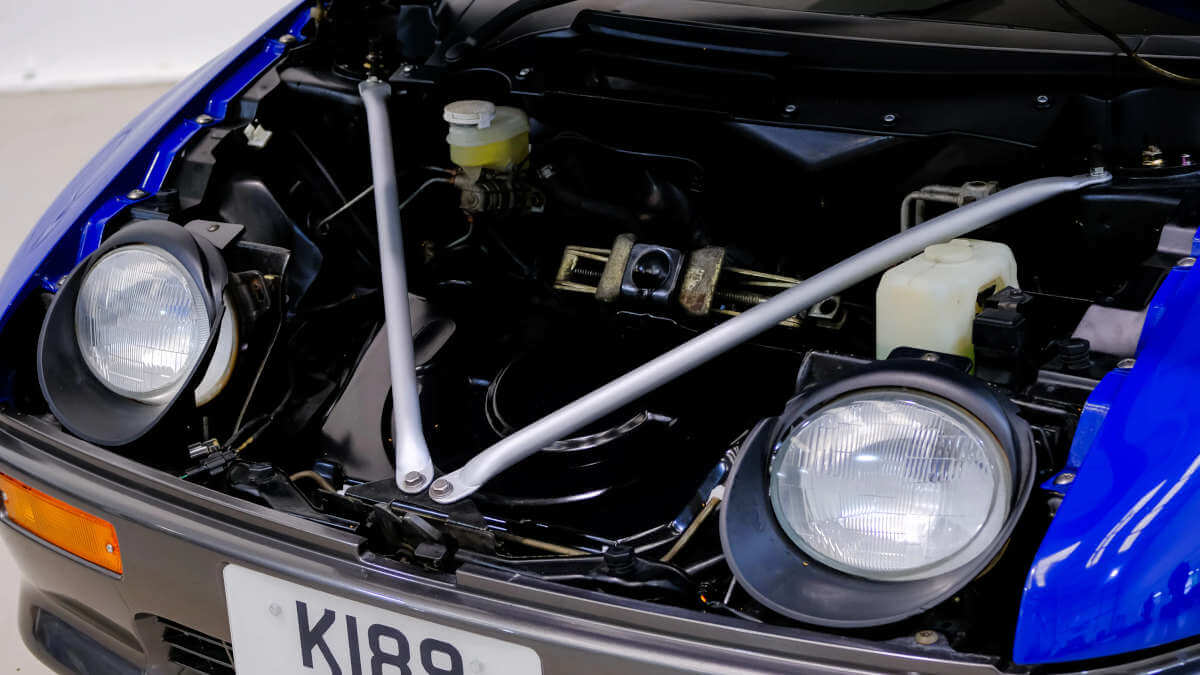

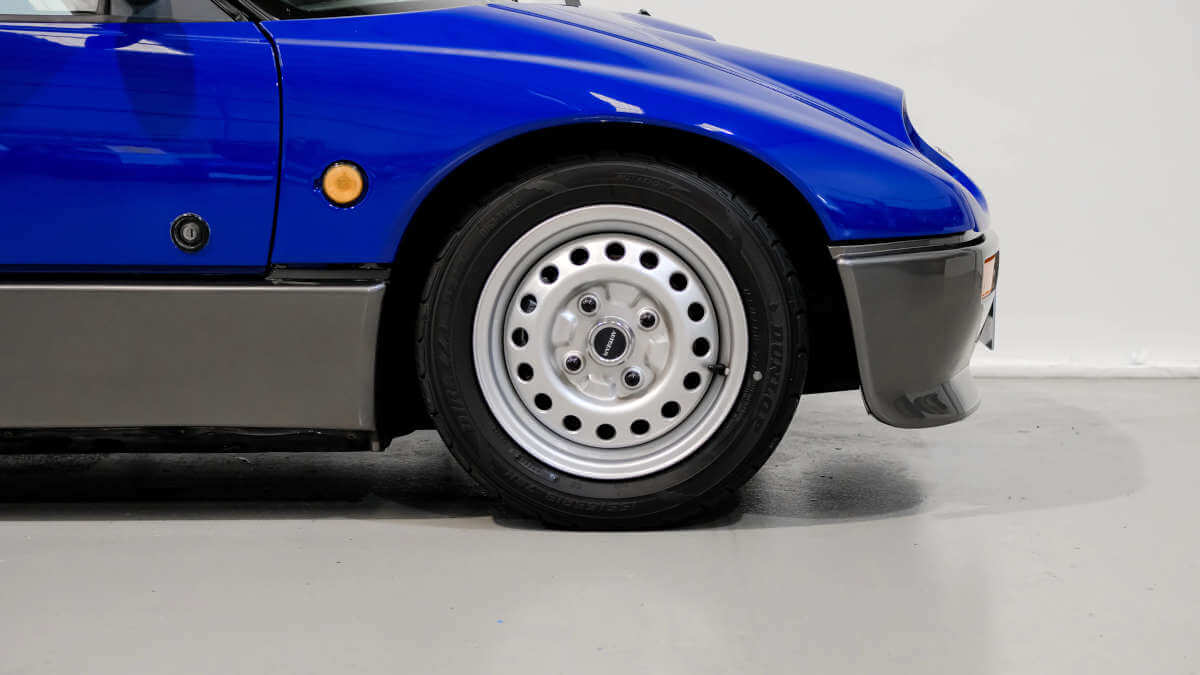



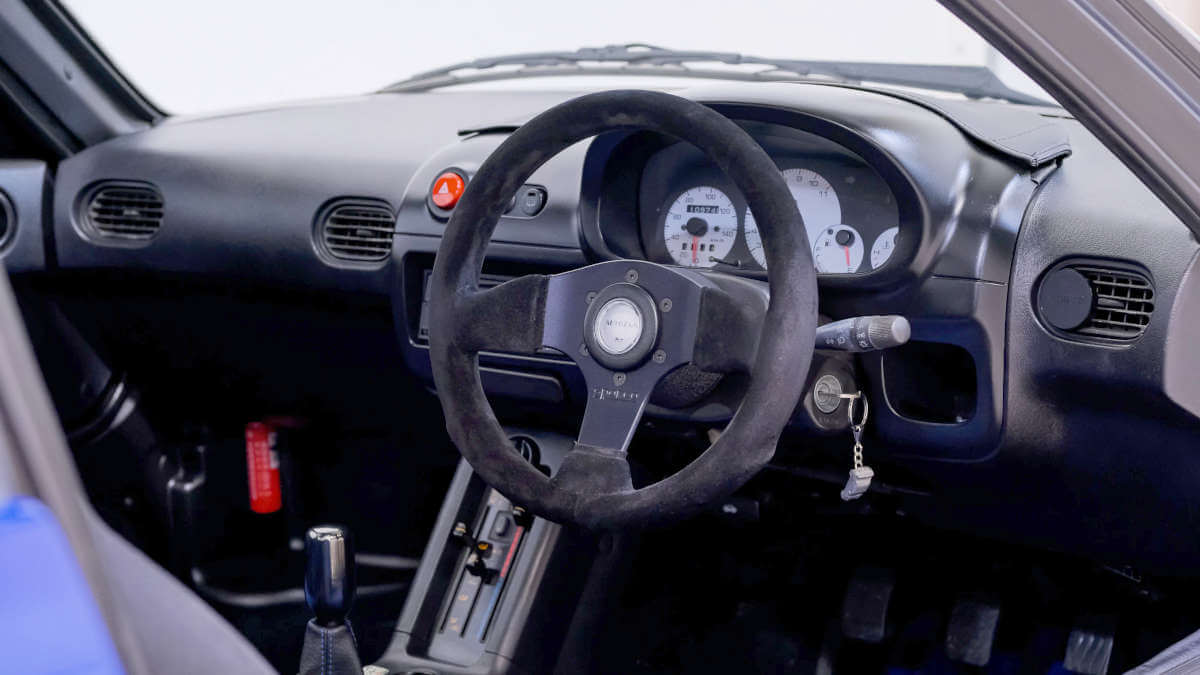





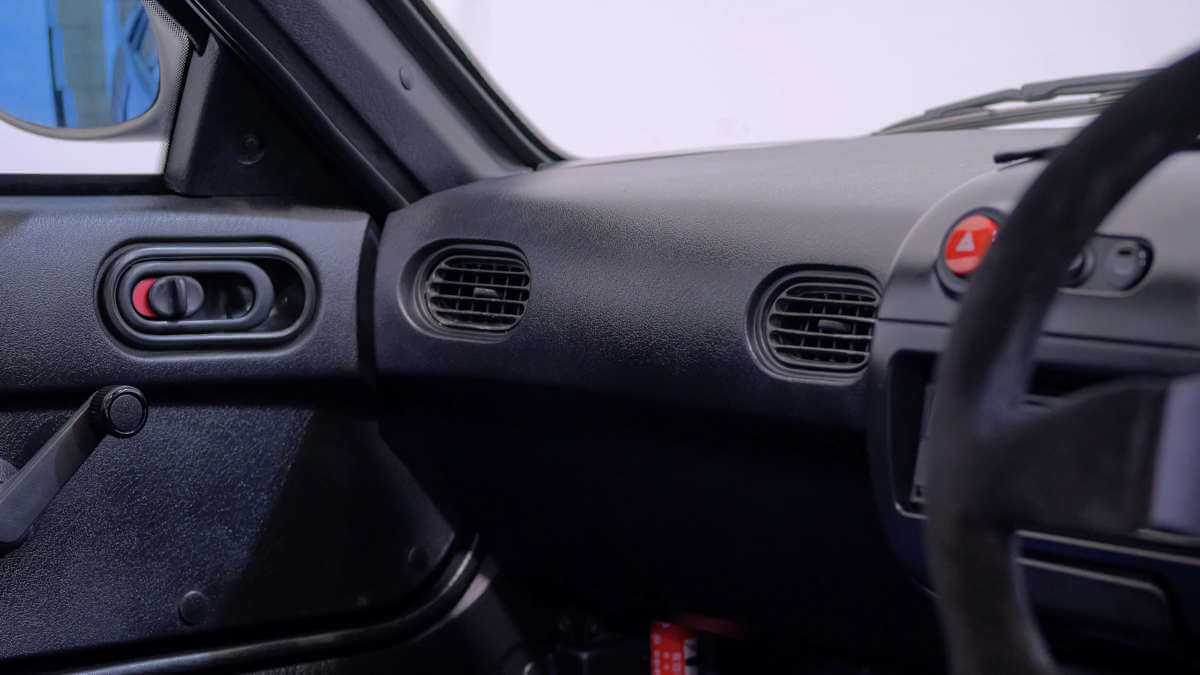



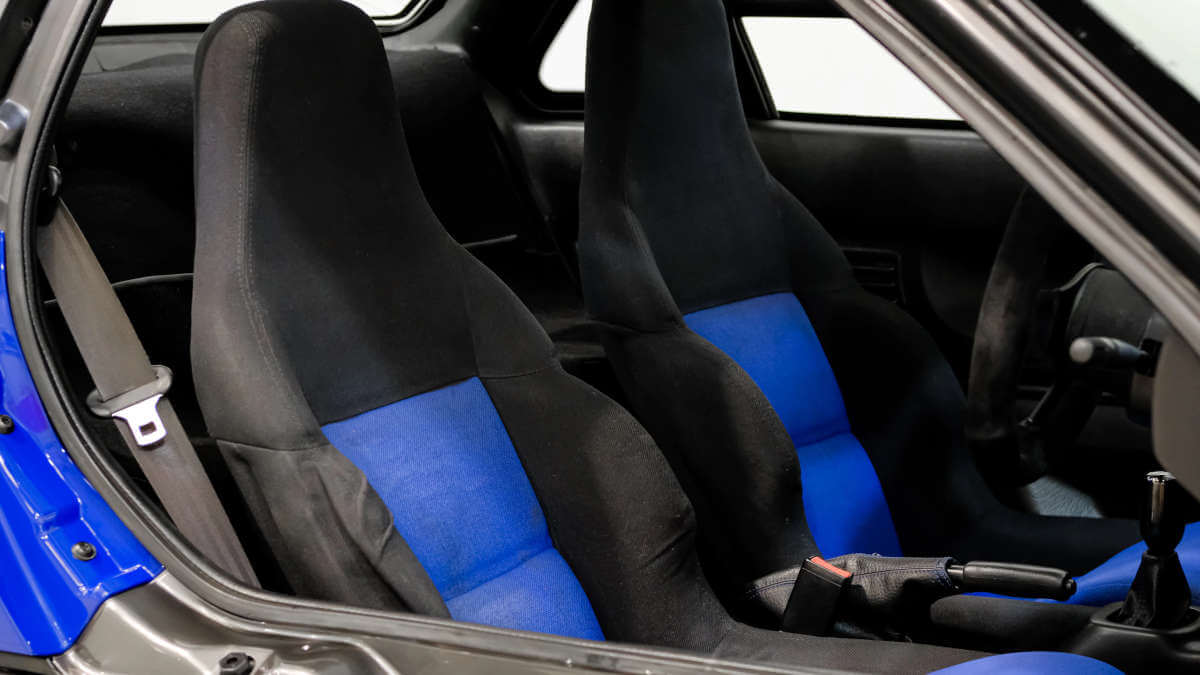



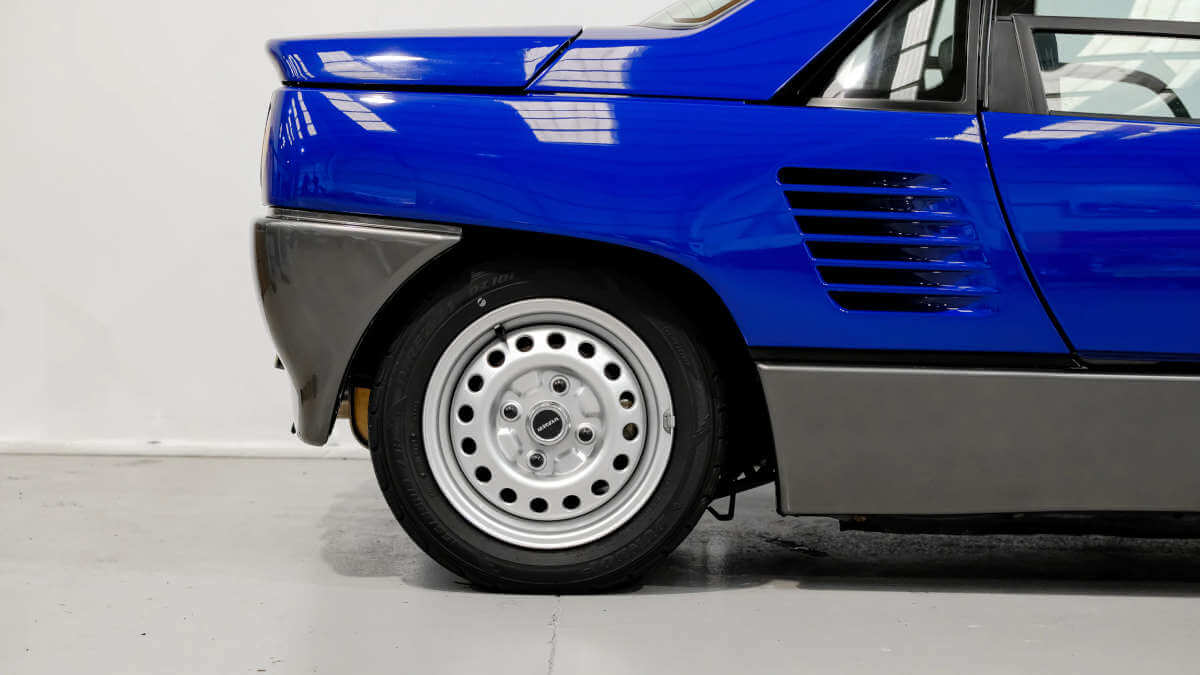

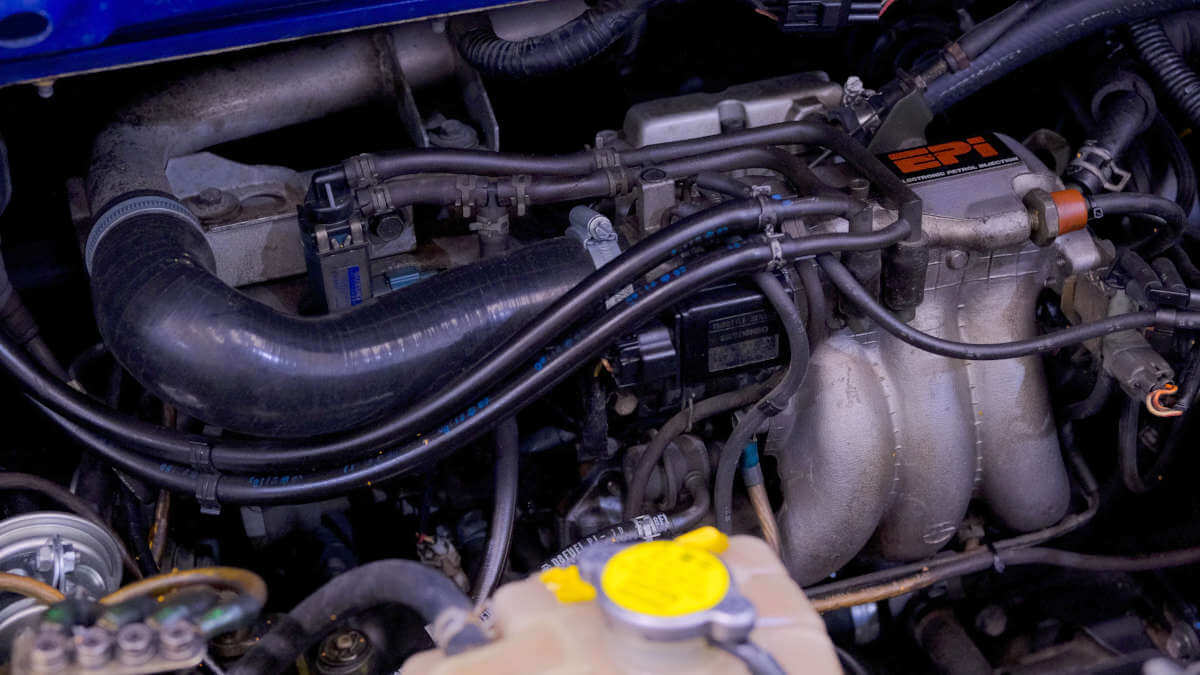



AZ-1 produced from 1992, Suzuki Cara from 1993
In 1989, three concept cars appeared at the Tokyo Motor Show as the Mazda AZ-550 Sports Type A, Type B and Type C. Each variant had a distinct body and was intended to test the reactions of the show audience. Although the Type C, with a look inspired by Mazda’s Group C race cars, was best received, the more restrained Type A got the green light. However, it dispensed with pop-up headlights and swapped the concept car’s aluminium frame for stainless steel to increase torsional rigidity. Production of the Autozam AZ-1 began in January 1992, available exclusively in Japan and in “Classic Red” or “Siberia Blue” paint finish. In fact, Suzuki also sold the Autozam AZ-1 under its own label as the Suzuki Cara starting in 1993. At that time, the recession hit Japan, resulting in very little interest in sporty cars. The AZ-1 was therefore never able to reach the previously set target of 800 cars sold per month.
Cars produced on stockpile
As a result, production of the Autozam AZ-1 and Suzuki Cara ended in October 1994, by which time only 4,923 had been produced (531 of which were Suzuki Caras). Many of them stood unsold on stockpile. To reduce the stock Mazda offered the Autozam AZ-1 Type L with big sound system. In addition, there was the M2 1015 with fog lights in the front hood and three new body colors as well as the sporty AZ-1 Mazdaspeed with sport suspension, body kit, alloy wheels, and sport exhaust. Our image gallery shows a standard 1993 Autozam AZ-1 recently sold through Collecting Cars in the UK. The only deviation from delivery condition is a Mazdaspeed hood, which the car received in Japan. It has been in the UK since 2019. The sale price of £ 13,780 (around € 16,350) shows that exciting youngtimers can also be acquired at a reasonable price.
Images: Collecting Cars


